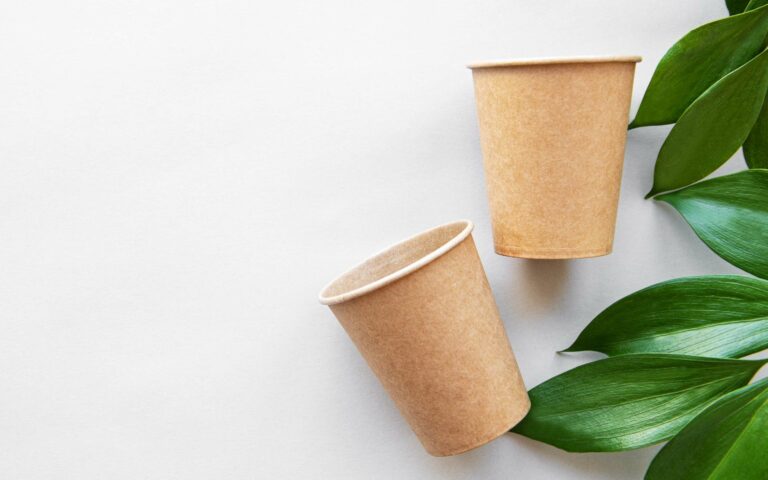Modeling a Sound Wave
Waves, such as sound, are produced by vibrations and are transmitted through matter (air, water, or a solid). A longitudinal wave vibrates parallel to (moves in the same direction of) wave travel (this is a good example of sound waves). A transverse wave vibrates perpendicular (moves at right angles) to the wave travel (water waves are a good example). When a number of waves are sent through a medium and then reflected back upon themselves, standing waves can be generated. A Slinky can easily demonstrate some basic types of waves, longitudinal, transverse, and standing, as well as several others.
How do we hear? A vibrating body causes waves to move through the medium, where they eventually reach the delicate skin in our ears. Our brain is able to recognize that these waves or vibrations are sounds made by different things. The sound and shape of these sound waves determine what kind of sound you hear!
In addition, dolphins and some other mammals have the ability to echolocate. Dolphins use a series of high-pitched clicks, generated from their melon, or fat-filled sac on their forehead! The sound waves bounce off an object (a fish or some form of prey, a rock, etc.) and come back to the dolphin, where they receive the sound waves through their lower jaw. Echolocation allows the dolphin to determine the size, shape, and even the distance of the object that they may not be able to see in the dark, murky waters! This special 6th sense allows them to hunt, communicate, and navigate.
Materials:
- One to two people
- A slinky
- Have the students spread out on the floor and form teams of 2. Have each student take one end of a Slinky and stretch it out along the floor. Each student takes turns making waves. This experiment works best on a hard floor (not carpeting).
- Longitudinal Waves. This is an example of a Sound Wave. One student must hold their end of the Slinky still (against their chest or stomach works best). Have the other student hold and pull toward themselves several coils of the stretched metal Slinky and then let go of the coils. A longitudinal wave will be made and will travel back and forth over the length of the Slinky.
- Transverse Waves. This is an example of a Water Wave. One student must hold his or her end of the Slinky still on the floor. While holding the slinky on the floor, have the other student move their end of a (plastic or metal) Slinky, in a single motion, back and forth very quickly (left and right, like a snake crawling), perpendicular to its stretched length. A transverse wave will be made.
- Standing Waves. After the students have demonstrated transverse waves, have them now make standing waves. One student must hold his or her end of the Slinky still on the floor. Have the other student move the Slinky constantly by changing the rate at which they move the Slinky back and forth. When a number of waves are sent through a medium and then reflected back upon themselves, standing waves can be generated. These specialized waves have places where the medium does not vibrate at all, called nodes, and other places where the medium vibrates the most, called antinodes. Standing waves have a changing number of nodes and antinodes.
Marine Mammal Connection
- Have one person each hold one end of the slinky and stretch it out. One person is representing the sound source, the other is representing a dolphin eardrum.
- The person representing the sound source pushes the slinky in one quick movement, sending a wave along the slinky to the other person (the eardrum). Repeat this step multiple times.
- Each slinky coil represents a molecule, so this example shows how the sound wave travels between molecules. The traveling pulse represents a longitudinal sound wave.
- When a sound is made (i.e. vibrations are created), it travels away from the source like ripples from a rock thrown into a pond. Notice that the coils do not move with the wave, they simply move back and forth. This is the same with sound, as the air does not move but the sound wave does!
If you have a partner, take it one step further!
- Repeat the first step above, where two people hold either end of the slinky and stretch it out, standing apart from one another.
- The third partner represents the fish that the dolphin is hunting! Stand in the middle of the outstretched slinky and hold 4-5 coils together in your hand.
- One of the people on the end pulses the slinky in one quick movement, just like above, only this time to represent a sound wave sent from the dolphin’s melon while performing echolocation.
- This time, the wave will not reach the person on the other end and, instead, will reach the person acting as the “salmon” and will bounce back to the dolphin.
Think About It!
- Draw pictures of what you see happening with each type of wave.
- Which way do the waves move?
- What happens when the “wave” hits the end of the slinky?
- Can you think of other places where you see waves?
- What other types of “things” create and use waves? (TV, Phone, Cell Phones, water, radio, etc.)
- What other animals communicate or find food by using echolocation?
- What kind of environments are best for using echolocation?
- What do we as humans do on land or on the surface that may impact local dolphin, whale, or orca populations that rely on echolocation to hunt and communicate? (investigate ‘noise pollution’).





